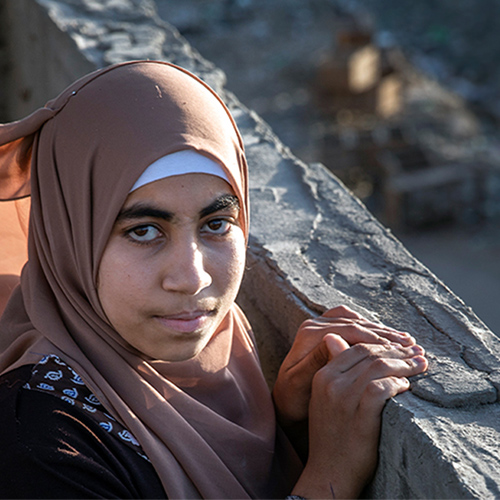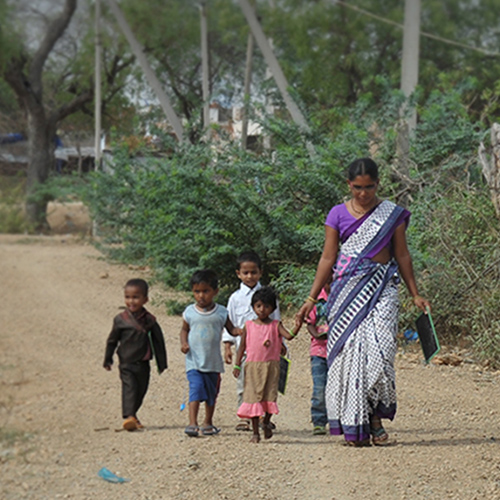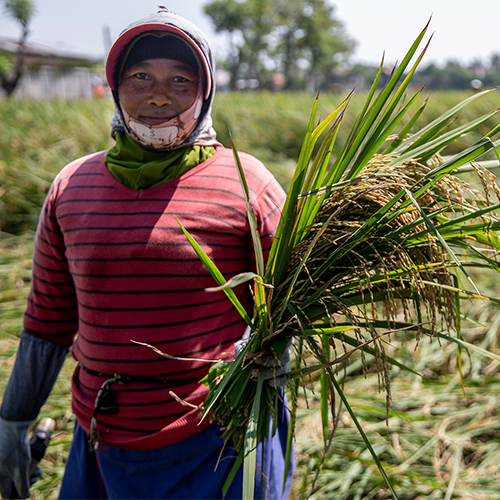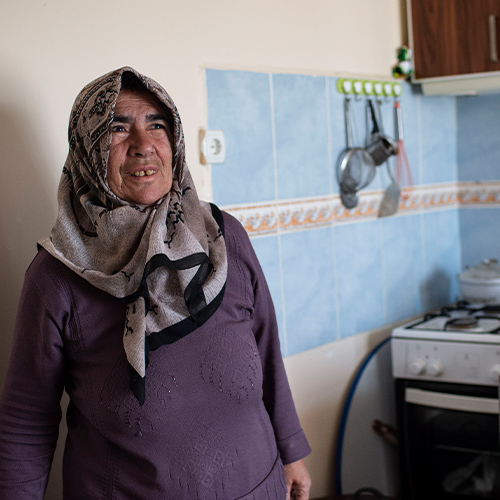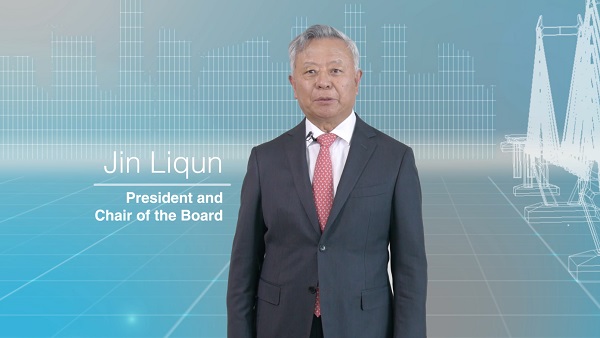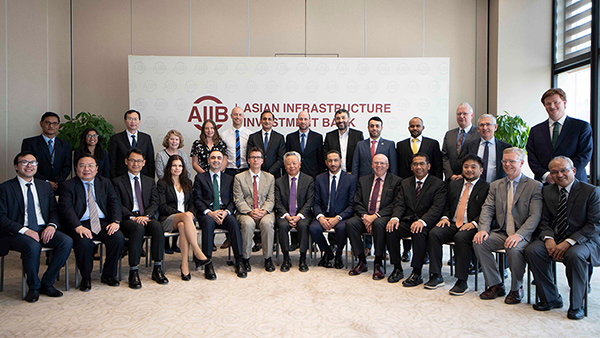This buildup is in preparation for the challenge of infrastructure bottlenecks, the most palpable of which is the urgent demand for more effective and flexible solutions for bankable infrastructure projects in an increasingly crowded market. Some of the ways we can become a preferred provider of these financing solutions—despite our relative youth in the market—is to stress our focus on infrastructure and other productive sectors for sustainable growth by means of innovative approaches. We aim to provide new financing instruments, flexible structuring for debt and equity and long-term financing—all done at relatively low transaction costs. These are being done while maintaining risk management and high environmental, social and governance standards.
The near-term challenges are real. It is our role as a multilateral development bank (MDB) to step up during times of uncertainty to provide countercyclical lending to keep Asia on track to achieve its long-term goals. We should ramp up our efforts to attract private capital to infrastructure investments, which are usually less alluring due to a long gestation period, high uncertainty and lower rate of return.
This is why MDBs are duty-bound to push for more intense collaboration and cooperation among governments, regulators, public institutions, the private sector and all the other funding sources to make a more meaningful difference in infrastructure development under an enabling environment. For us, it means we need to be a more market- and performance-oriented financier—a facilitator to help smooth the investment process.
This is clearly a daunting task. The tall order is for us not just to satisfy Asia’s need to improve connectivity through infrastructure investments. It is also to help enhance the borrower’s ability to generate revenue, strengthen their debt sustainability and improve the livelihood of their people.
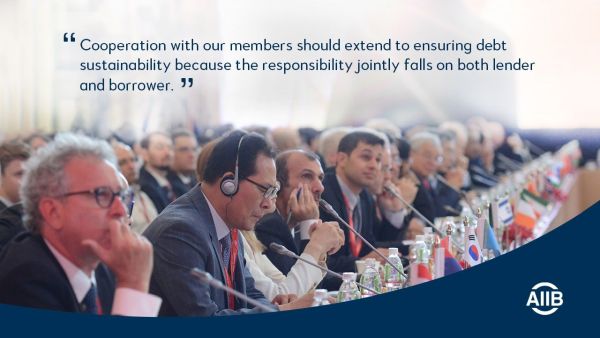
ENLARGE
For many developing countries, debt financing remains an effective approach to achieving economic and social progress through critical infrastructure investment. Yet, high debt burdens can also impede the borrower’s growth and development. This makes it essential for banks and borrowers in both the public and private sectors to manage debt carefully. It is incumbent upon all of us—AIIB and its members—to ensure that fiscal policies would allow for remedies when government borrowing does not align with national economic cycles.
Cooperation with our members should not be limited to ensuring environmental and social sustainability through infrastructure. It should extend to ensuring debt sustainability as well because—in the end—the responsibility jointly falls on both lender and borrower. On both AIIB and its clients.
Such is our role, power and function in improving connectivity and cooperation. We help each other bridge the infrastructure funding gap. And as much as I’d like to stress the impact of the work we do—which this 2018 Annual Report already does succinctly—we face an inflection point for private sector investment in emerging market infrastructure.
And so, we continue to build our institution to fulfill our mission. In 2018 we made renewed efforts to shape our corporate culture. This is an aspect of building an organization that is often more complicated and comprehensive than is generally believed. Culture is fundamental to and permeates across an institution. The leadership both shapes and reflects the culture. And so I have made it an overarching priority to nurture an ethics-based corporate culture. By adhering to basic principles of professional and ethical integrity, we are building a strong foundation upon which AIIB can produce meaningful and measurable results.
As I look to the future of this 21st century bank, I am excited by the opportunity which digital infrastructure presents. Technology’s potential to catalyze infrastructure investment and implementation has yet to be realized to our clients’ satisfaction. Furthermore, technology upgrading is an ongoing process. It can be the link that connects our cities, our energy grids and our transport. It can unlock the potential of both rural and urban residents across the region. We will further explore how digital infrastructure can help us fulfil our mandate.
AIIB is well on its way. We are evolving our capabilities and expanding into innovative financial products. We are building a governance structure rooted in the tradition of MDBs but overlaid with a modern approach to accountability and oversight. We believe this is the right way forward for a development bank designed for the 21st century. To our members, clients, partners and staff: Thank you for accompanying us on our journey. We have only just begun.
Jin Liqun
President and Chair of the Board of Directors

